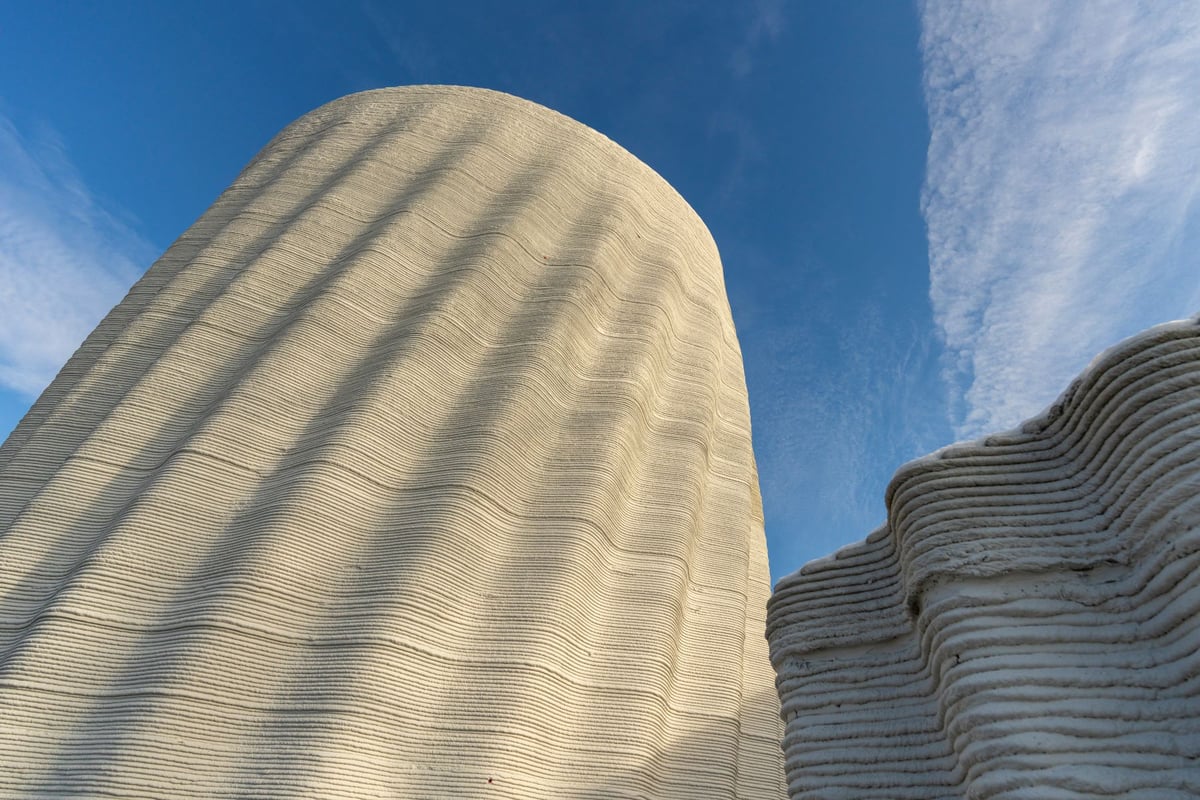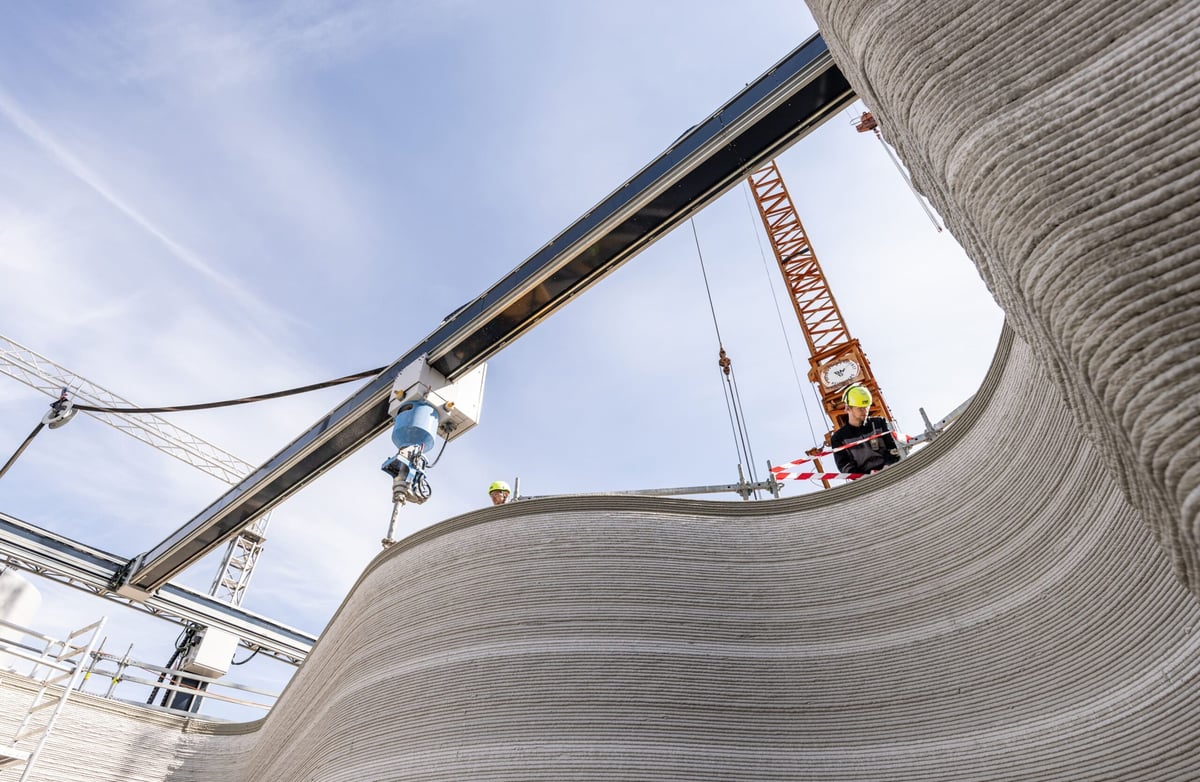The fusion of cutting-edge 3D architecture software with innovative manufacturing techniques like 3D printing is setting new benchmarks for creativity and efficiency in architecture and construction. Not only does this combination accelerate the construction process, it also opens up a realm of possibilities for complex, sustainable, and cost-effective architectural projects. For example of how 3D printing can serve the architectura sector, look no further than the Heidelberg iT’s new server hotel in Heidelberg, which is set to be Europe’s largest-ever 3D printed building.

A Pioneering Printing Collaboration
Following the success of Germany’s first 3D printed house, a consortium led by Mense-Korte ingenieure + architekten and SSV Architekten has taken on a new 3D printing venture: a server hotel for Heidelberg iT. This project represents a significant leap forward in additive construction, relying on the advanced capabilities of ALLPLAN’s 3D architecture program to bring their visionary design to life.
This collaboration also marks the world’s first use of 3D printing technology for industrial construction, setting a new benchmark for the size and scope of printed buildings in Europe and throughout the world. It will serve as both a stepping stone and unique opportunity to further refine the capabilities of 3D printing in construction, building upon the knowledge and experience gained from their previous work.
The new server hotel spans an impressive 54 meters in length, 11 meters in width, and rises to a height of 9 meters. The construction project, which began on March 31, 2023, will aim to have the building shell fully built by the end of July 2024, with the printing time totaling only 170 hours. This efficiency required only two construction workers on-site, illustrating the method’s potential to dramatically reduce labor costs and time. It is also possible to create free-form shapes much more cost-effectively than traditional construction methods.

Leveraging 3D Architecture Software to Advance Construction Capabilities
The planning for the Heidelberg server hotel was conducted with Allplan, using a detailed 3D building model within the 3D architecture program. This approach ensures a high degree of accuracy and efficiency, integral for the success of such a pioneering project. Key partners such as PERI 3D Construction with their COBOD BOD2 printer, and Heidelberg Materials (formerly Heidelberg Cement), the manufacturer of the printing medium, also contributed to the innovative project. The building is not only an example of the possibilities of 3D printing in construction but also emphasizes sustainability, with the use of 100 percent recyclable 3D printed concrete.

Waldemar Korte, a leading architect and partner at Mense-Korte, highlights the instrumental role of Allplan 3D architecture software in this venture. “For us as pioneers in 3D printing, using Allplan is a key advantage. It not only supports us in realizing unique and innovative building projects like this one, but also allows us to further maximize the potential of this new construction method,” Korte explains.
The efficiency and precision of Allplan 3D architecture software has been pivotal in the planning and execution of the server hotel, showcasing the potential of combining 3D printing and CAD programs for architecture to revolutionize construction practices.
Isn’t it time to experience the future of building design? Discover what Allplan has to offer and take your projects to the next level with a free, 14-day trial.
Dive in and have a look here: